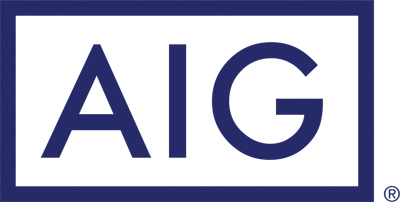
Issues & Answers Special Advertising Section:
August 2022
Issues & Answers: Captive Solutions
“Captive management is all about service.”
What is driving growth in captives?
Whenever clients experience things like increasing premium rates, coverage restrictions, or reduced capacity, they look for alternatives and captives are often the option to which they turn. For example, large companies that already own a captive can expand the use of captives by adding new lines of business or adding increased net retentions or limits to their program. We are also seeing more mid-sized companies looking at whether a captive might be right for them, either through the use of cell captive facilities or joining a group captive program. Certainly more challenging lines (e.g., property, cyber, D&O, professional liability) and industries (transportation, health care, construction/energy) are driving a lot of the growth currently, but the interest is widespread.
What should a captive consider in selecting a captive manager?Captive Management is all about service, so important considerations for a prospective captive owner include:
- The manager’s experience and expertise—review the services they provide, how long have they operated and how many clients they have in their portfolio.
- Industry reputation—ask the domicile regulators, captive law firms, auditors, etc. about what they have experienced with the manager. Getting these third-party views is important to choosing the right captive manager.
- Staffing levels, tenure, and turnover—people provide the service and low turnover typically leads to higher consistency of service.
- Domiciles the manager operates in—it is important to be sure they can operate in the domicile that is right for the client.
What should a captive consider when selecting a domicile?
- Regulatory Environment—domicile should have a clear regulatory framework while providing a degree of flexibility for the regulator to apply to each situation.
- Infrastructure—established domiciles typically have more services available (managers, audit, tax, legal, etc.).
- Taxes—captive owners should review both premium tax and federal tax implications with their professional advisers.
- Cost—some domiciles can be a bit less expensive than others—but typically the costs are similar.
How is AIG Captive Solutions meeting the needs of its captive clients?
AIG Captive Solutions develops innovative, customized captive programs for clients employing AIG’s extensive knowledge and collaborating across our underwriting, claims, credit, legal and actuarial teams. AIG has been in the captive business for over 50 years, and knows that captive clients value expertise, creativity and responsiveness to their needs. We deliver these solutions across three businesses:
- Group Captives—provides fronting and excess risk transfer to large member owned captives for primary casualty (i.e., Auto, GL, and WC);
- Fronting provides fronted paper for nearly any line of business, admitted and non-admitted paper, and typically reinsured to single parent captives;
- Captive Management—provides captive feasibility studies, formation services and ongoing domicile management for captives. Also sponsors and manages protected cell captive facilities in Bermuda and Vermont.



